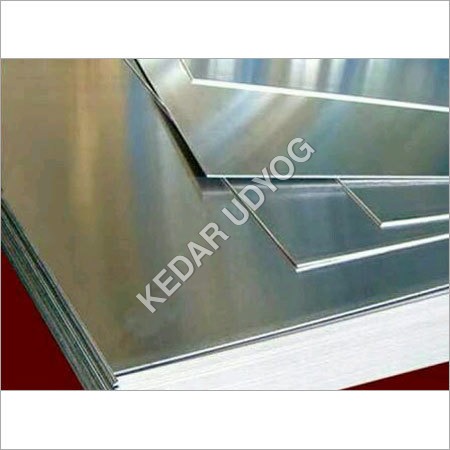The history of aluminium is quite interesting. After its discovery in the early 19th century, its price was higher than gold because of the complex refining process. Despite its abundance in Earth’s crust, it was priced heavily and used for special production purposes only. But soon, the industrial technology evolved to make it available for mass production. Today, aluminium is one of the most inexpensive materials used in daily life across the globe. When metals like magnesium, silicon, and manganese are added, they enhance the properties to create an aluminium alloy. The aluminium alloy sheet manufacturers are important business partners of many metalworking industries, because they provide these sheets in bulk and save the cost of production and sourcing from scratch for these industries.
How Aluminium Alloy Sheet Are Made
In the production of aluminium alloy sheet, firstly, the aluminium is extracted from bauxite ore. It is then melted, and other metals like copper, silicon, and magnesium are added to make an alloy. The molten material is poured into a cast to form large ingots through the metal casting process. These ingots are rolled by hot and cold treatment over several repeated cycles, creating a thin, rectangular sheet. Annealing, which is an optional heat treatment, is done to relieve stress from the sheets and improve their workability. Surface treatments such as anodizing, painting, coating, and other treatments are performed as required. The thickness, dimension and surface finishes are done as per requirement.
Types of Aluminium Alloy Sheet Finishes
Depending on the application, design and aesthetics, aluminium alloy sheet can be given various finishes. The finishing can either be done by aluminium alloy sheet manufacturers or other fabricators who obtain from these manufacturers. The popular ones are:
- Plain
- Perforated
- Chequered
- Embossed
- Corrugated
- Diamond Pattern
- Anodized
Why Are Aluminium Alloy Sheet So Versatile
We can find the usage of aluminium alloy sheet everywhere. From miniature-sized electronics to large aircraft, the applications of aluminium alloy sheet are numerous. It is used in car body panels and internal components; cookware, furniture and electronic appliances in households; wiring conductors, shielding in electrical and many diverse industries. Here’s what makes aluminium alloy so versatile:
- Formability: Aluminium is highly malleable. It can be beaten in various shapes and it doesn’t affect its strength, resistance and properties. Its ease of fabrication and formability make it a versatile material across industries.
- Lightweight: The aluminium alloy sheet have an extremely lightweight nature. These are highly valuable for applications like automobile and aerospace, where high-strength and lightweight material is required.
- Cost-Effective: The abundance of aluminium and ease of fabrication are key factors why it is so cheap and effective.
- Strength: Combining with other metals enhances the strength and other properties of aluminium alloy.
To Summarize
The lightweight and strength properties, excellent formability, and wide availability are the prime reasons why aluminium alloy is so versatile. The aluminium alloy sheet manufacturers like Kedar Udyog provide essential material to various manufacturing industries where these sheets are needed in excellent quality at budget budget-friendly rate. These sheets are supplied to the respective customers in rolled form, in which multiple sheets are rolled together into a single entity and can be unrolled when it goes into production.

